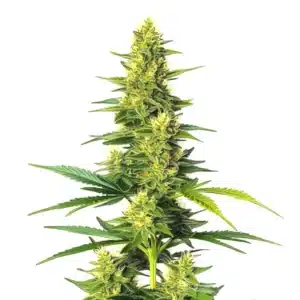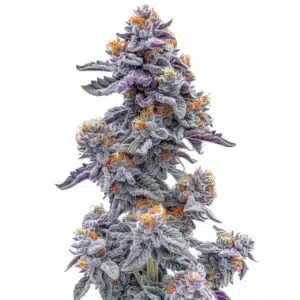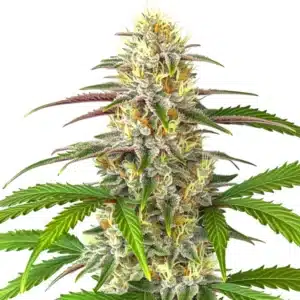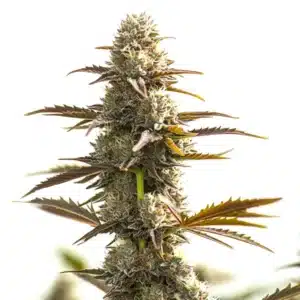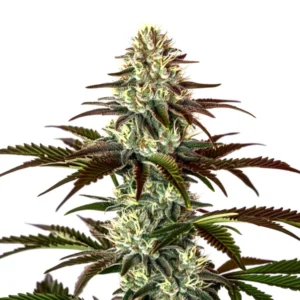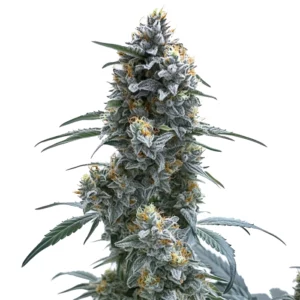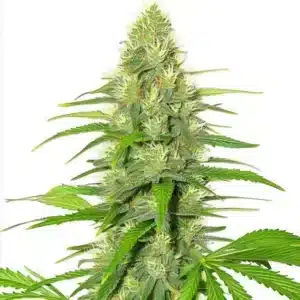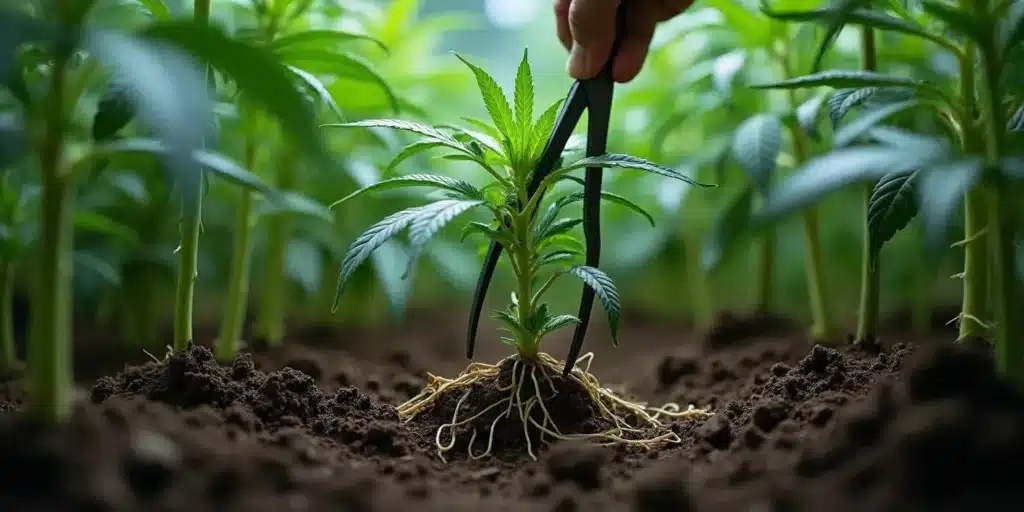
Does Pruning Cannabis Encourage Root Growth?
When growing cannabis, every cultivator seeks to maximize their yield and ensure healthy plant development. One common question is: does pruning cannabis encourage root growth? Pruning is a technique that involves removing certain parts of the plant for better health and productivity.
Pruning can be particularly beneficial for root growth. By trimming excess leaves or branches, the plant can redirect energy to other areas, including the roots. This can help the roots grow stronger and more extensive, supporting the plant’s overall health. Proper pruning can lead to a robust root system, which is essential for nutrient uptake and plant stability.
Recommended Strains
Auto White Widow CBD
|
|
CBD | 10% – 12% (Medium) |
|
|
Type | CBD Autoflowering |
|
|
Yield | Low |
|
|
Phenotype | 40% Indica / 60% Sativa |
Ooze
|
|
THC | 19% - 23% (Medium) |
|
|
Type | Feminized |
|
|
Yield | Medium |
|
|
Phenotype | 70% Indica / 30% Sativa |
Best Techniques for Pruning Cannabis to Boost Root Growth
Before trying any technique, it is critical to remember one rule: pruning should always be done during the vegetative growth phase. Pruning during the flowering stage can cause extreme stress and negatively impact your final yield.
One effective technique is topping, which involves cutting the main stem to promote lateral growth. This encourages the plant to develop a bushier structure and can lead to better root expansion. When you top a cannabis plant, it often redirects energy to the roots.
Lollipopping is another technique to consider. This involves removing the lower branches that receive less light so the plant can focus its energy on the upper branches and strengthening the roots.
After making any significant cuts, it is a good practice to apply a plant healing agent or sealant to the open wound. This helps to prevent air from entering the plant’s vascular system (an embolism) and protects it from infection while it recovers.
Less Aggressive Alternatives: Plant Training
It’s worth noting that plant training or ‘molding’ techniques can also modify plant growth and stimulate the root system, often in a less aggressive way than pruning. Methods like Low-Stress Training (LST), where branches are bent and tied down instead of cut, also encourage the plant to develop a stronger root base to support its wider structure, but without the recovery time needed after cutting.
Promos & Deals
How Does Pruning Affect Cannabis Plant Roots?
Pruning affects cannabis plant roots by redirecting the plant’s energy. When parts of the plant are removed, energy that would have gone to those areas is instead sent to the roots. This can lead to a more vigorous root system, capable of supporting larger plants and bigger yields.
Additionally, pruning allows for better airflow and light penetration, which impacts root health. When the plant can photosynthesize more efficiently, it produces more energy for root expansion. A well-pruned plant can allocate more resources to root expansion, improving nutrient uptake and stress resilience.
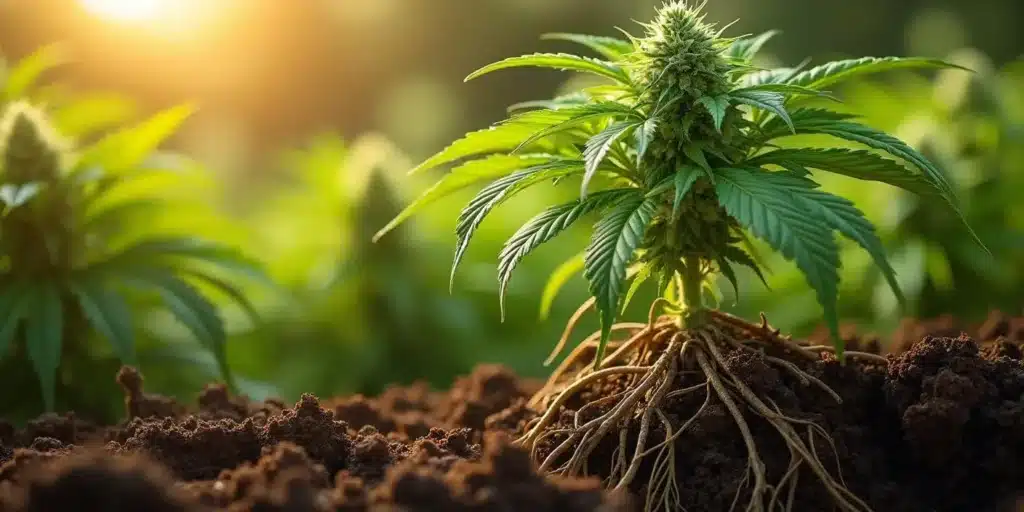
Pruning Cannabis to Enhance Root Structure
Pruning is an essential practice for enhancing root structure. A well-pruned plant can have a root system that supports more substantial and healthier growth. An excellent example of this is when growing the White Widow strain. This popular strain benefits significantly from pruning, leading to a more robust root system. Another strain to consider is Gorilla Glue 4, which responds well to strategic pruning.
Choosing the Right Strains for Pruning
When selecting strains for pruning, it’s essential to choose those that respond well. The Blue Dream strain is known for its adaptability and benefits from pruning. Researching and understanding your chosen strain’s needs will help you make informed decisions. Strains that naturally grow tall and leggy may benefit more from topping, while compact strains might respond well to selective defoliation.
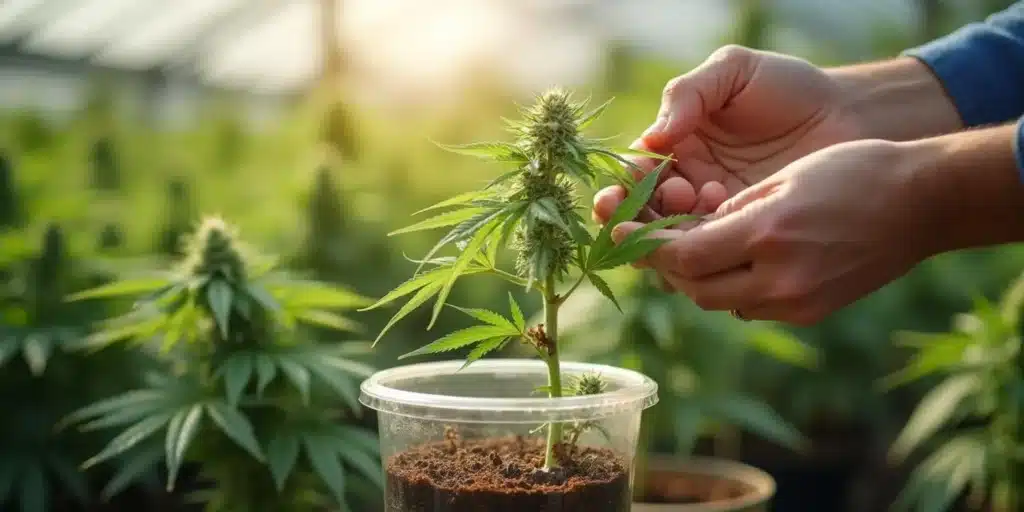
FAQs about Pruning and Root Growth in Cannabis
Why is pruning important for cannabis plants?
Pruning is crucial because it helps manage the plant’s energy distribution. By removing excess foliage, the plant can devote more resources to developing a strong root system. Additionally, pruning can prevent diseases by improving airflow.
How often should I prune my cannabis plants?
The frequency depends on the strain and growth stage. Generally, pruning is recommended during the vegetative stage. Regular checks every few weeks can help you decide if more is necessary. Avoid over-pruning, as this can stress the plant.
Can pruning harm my cannabis plants?
If done incorrectly, yes. Over-pruning or cutting at the wrong time can stress the plant. It’s important to research the best techniques and use proper, clean tools to ensure pruning benefits the plant.
What about root pruning?
Yes, root pruning is also a technique, but it should not be confused with apical pruning (topping) of the plant’s canopy. Root pruning involves intentionally trimming the roots, usually when a plant becomes root-bound in its container or, in hydroponic systems, when roots begin to obstruct irrigation tubes. While it can stimulate new root growth, it is a high-stress technique typically used to manage plants being kept as mothers for long periods.


